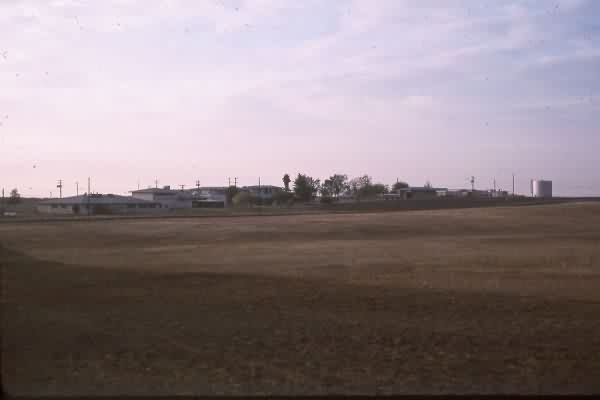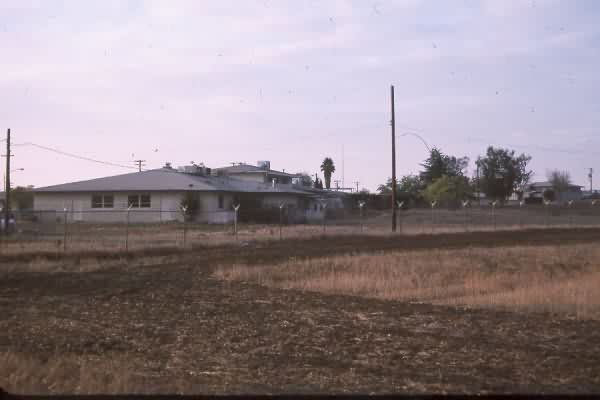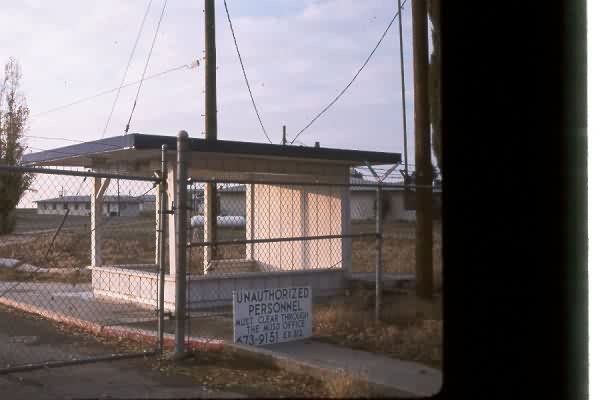Recent Photos of Madera AFS, CA
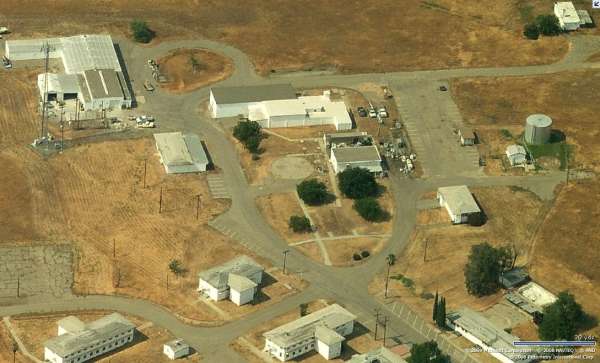
Radar & Ops, Looking North
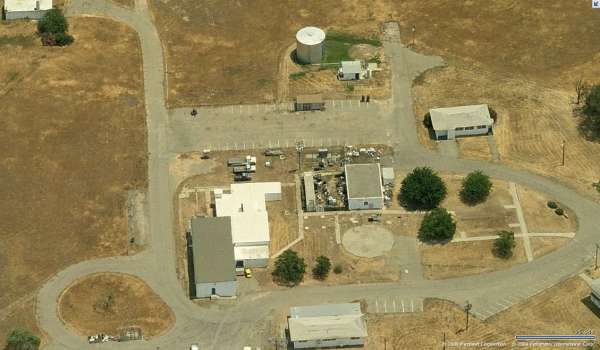
Radar & Ops, Looking East
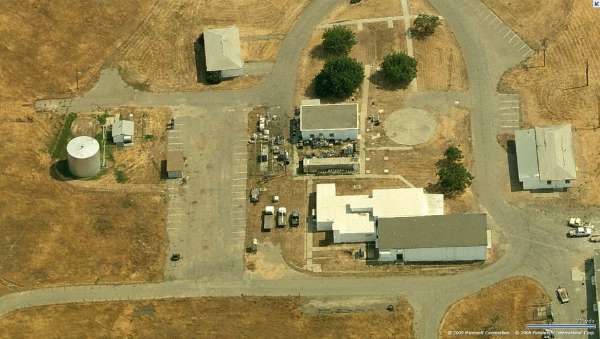
Radar & Ops, Looking South
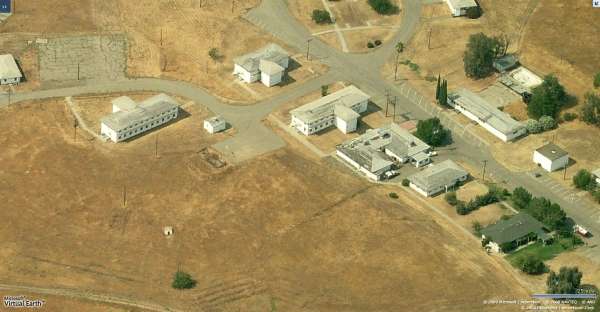
Cantonment Area, Looking North
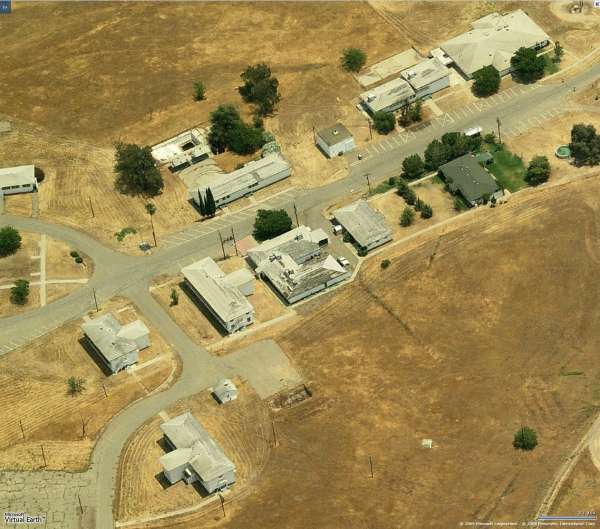
Cantonment Area, Looking East
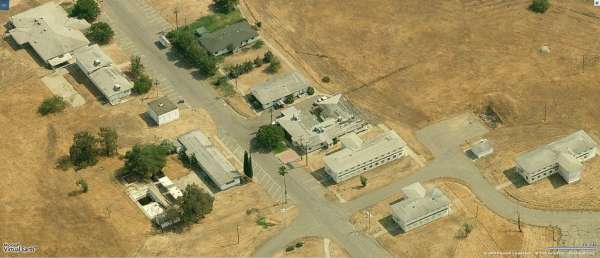
Cantonment Area, Looking South
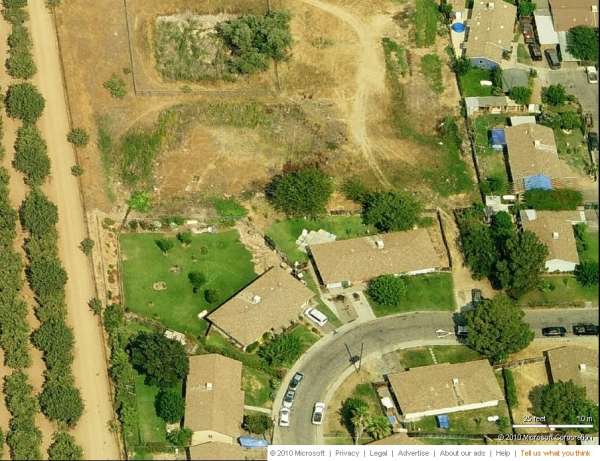
Housing Area, Looking East
July 2003 photos contributed by Tom Page
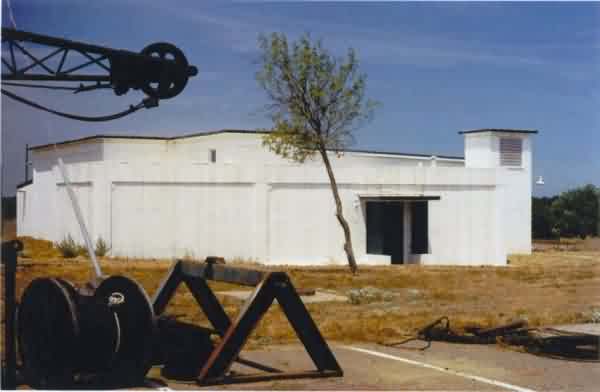
This first view shows the old Long-Range Radar (LRR) Operations building as seen from its east side. [looking west-northwest]
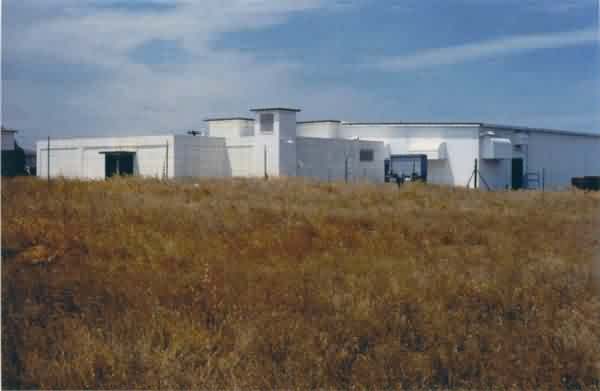
This photo offers another view of the former LRR Ops building. [looking west-southwest]
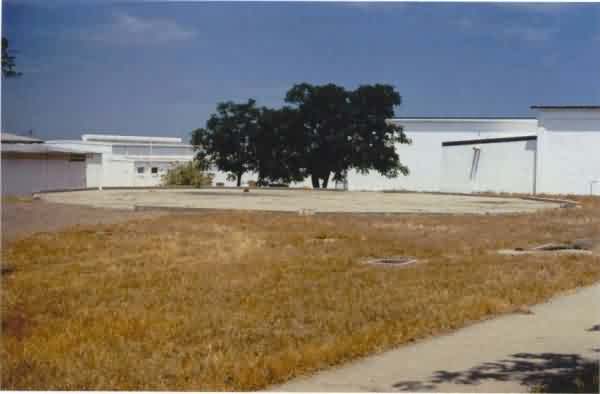
This photo shows the concrete foundation of the old search radar tower in the center, the LRR Ops building on the right, and the Power Plant building on the left. [looking northwest]
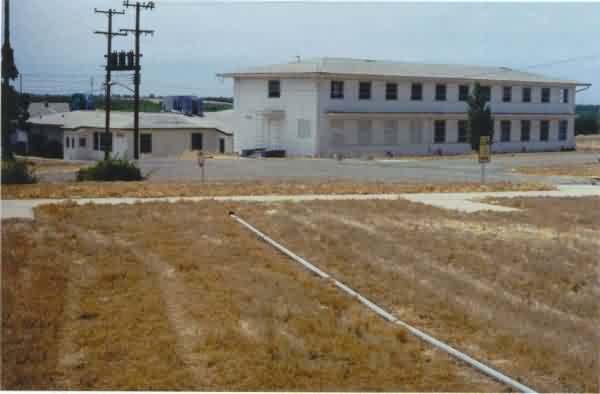
This picture shows a section of the cantonment area. [looking southwest]
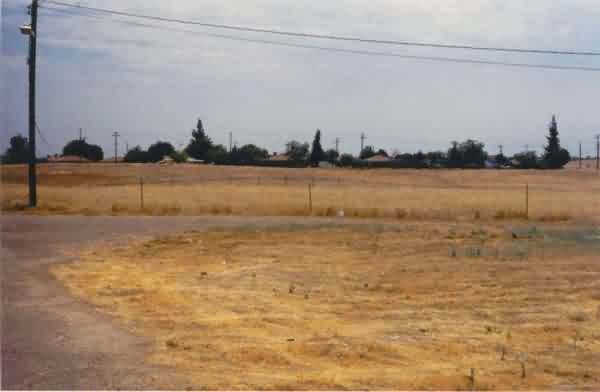
This final view shows the old family-housing area across the highway to the east.
January 2003 photos contributed by Tim Tyler
Tim writes:
With the assistance of Ken Malikowski (property manager), I
concentrated my photographic endeavors on some of the smaller things,
since the Radomes.org web page already has plenty of macro scale images.
SitRep - MADERA AFS 8 JAN 03
37-02.05N / 120-01.98w (Flagpole)
Now `28th Aero Squadron Industrial Park,` managed by Ken Malikowski. Ken
is very interested in military history (mostly WW-II era) was extremely
hospitable. He manages the site for the owner - a wealthy industrialist
living in the LA area, who made his fortune in the
radio-electronics/broadcasting field starting in the 1950s. Most of the
buildings are used to the owner`s `stuff,` and the former AFS Ops
Blockhouse is full of cases of vacuum tubes he has purchased from
companies, and re-sells to vintage radio collectors, and even some
foreign nations which still use vacuum-tube infrastructure for some
applications.
The unnamed owner comes up to his old AFS site around once
a year. When the AFS shut down in the 1960s, it was handed over to a
Native American group which operated the property as a vocational
technology center. The site was sold off to someone else & used for
unknown purposes, and then the current owner bought it in the late 1980s
or early 1990s.
Other than the Native American group adding a small wing
to the existing 2 story barracks building, most of the AFS buildings are
intact, although at some point, the RADAR towers had been removed. Ken
said about 5 times a year, someone stops by and asks to look around the
site. It`s usually an elderly gentleman who was stationed at the AFS.
Ken showed me the interior of the Ops Blockhouse. As mentioned before,
it mostly stored boxes of tubes, etc. I got excited when I saw an
ancient, small electronic console of some sort, but it turns out it was
some 1950s-era television studio gear that the site`s owner had
acquired. No `cultural artifacts` from the AFS days were observed in the
Ops Blockhouse, which had been the main education center during the time
the property was used by Native Americans. This was the first Ops
Building I`ve been inside, so I can`t compare & contrast the physical
layout to that of others. There were one or two large, open rooms that
probably housed the RADAR consoles, and a variety of small rooms which
might have been offices, storage, etc. There was a very small
second-floor area reachable via a stairway. This area had two or three
small rooms, and also the sole exterior window, which overlooked one of
the RADAR pads. This room also had a small section of the flooring in
the corner (about 3`x3`) which could be raised, as if for an equipment
elevator or jack of some sort.
A cellular site owned by American Tower (AT site #40628) is on the
grounds. The only `cultural remains` from the AF days that Ken was aware
of is a `774TH` (774th Air Control & Warning Squadron) composed by rocks
set into a concrete retaining wall behind the Ops Building, the
flagpole, and in a couple different areas, people had written their
names into wet cement. `ROY` (`BOY`) & `BILL,` dated 22 MA 1953,
`KOLESAR` & `BARROW` next to a `1953,` and a `BILL HANSF(P?)RD.` The
batteries in my digital camera died before I could take my usual
overabundance of photos, but I`ll be back to explore & document the site
better in the future.
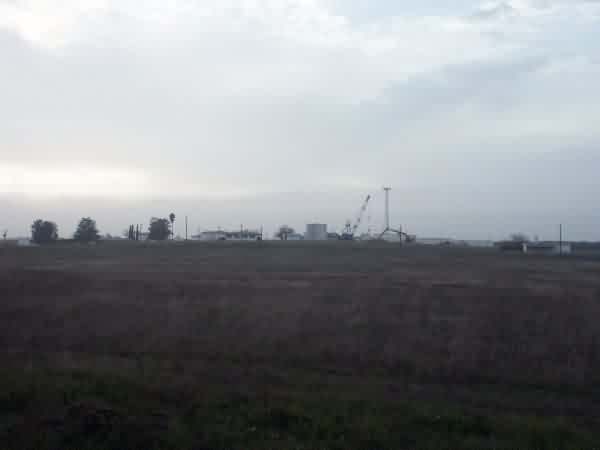
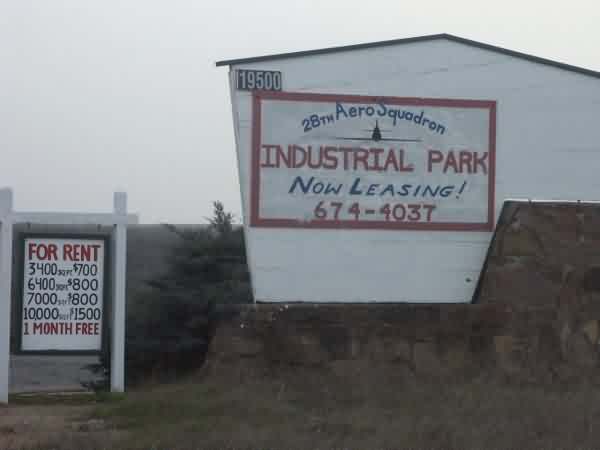
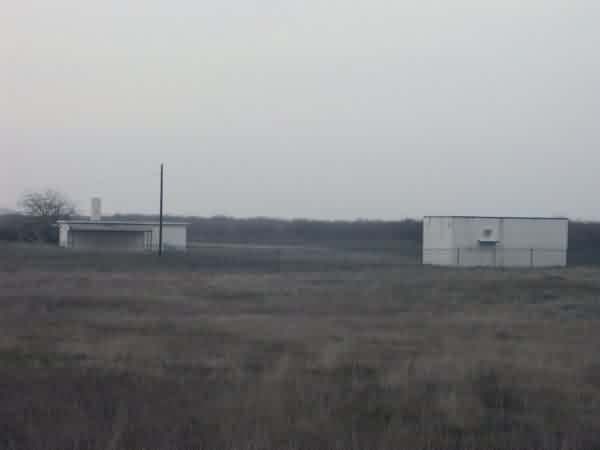
The GATR Site
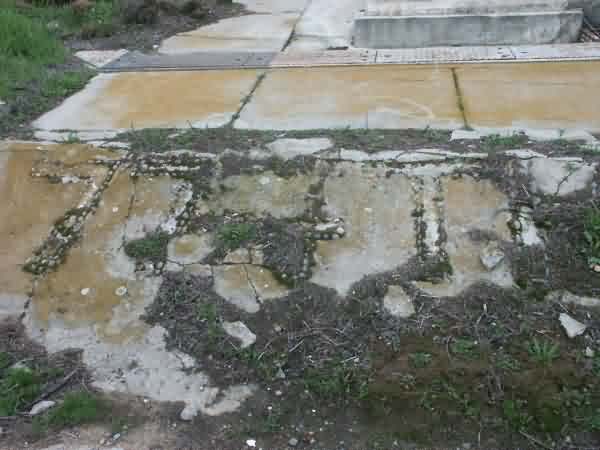

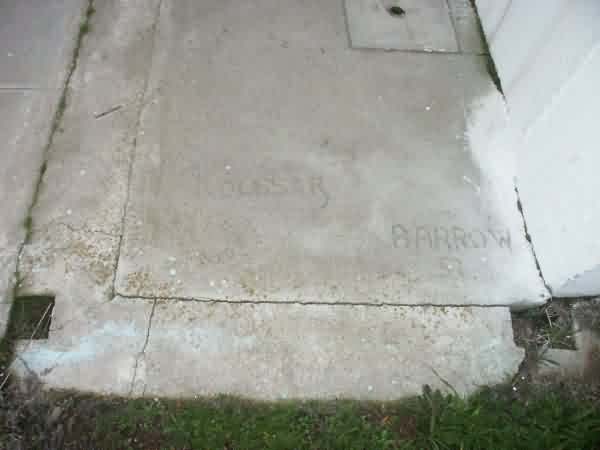
I wonder if any
of the guys that carved their names into the fresh cement at the site
almost exactly 50 years ago are still around to see their handiwork
still exists?
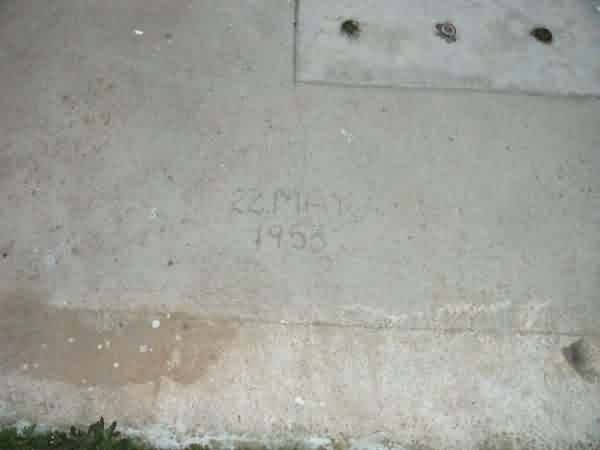

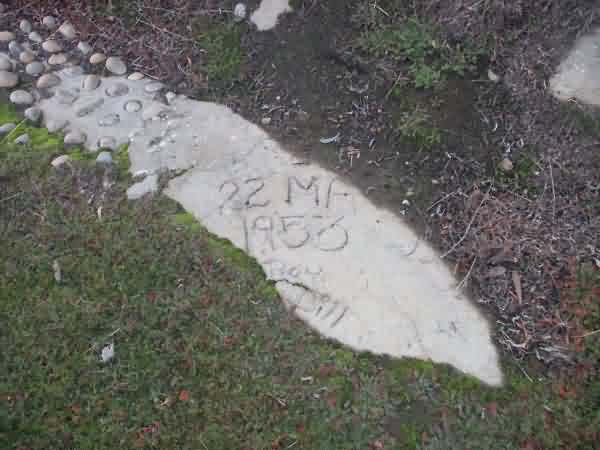
The following photos are taken in the Ops building.
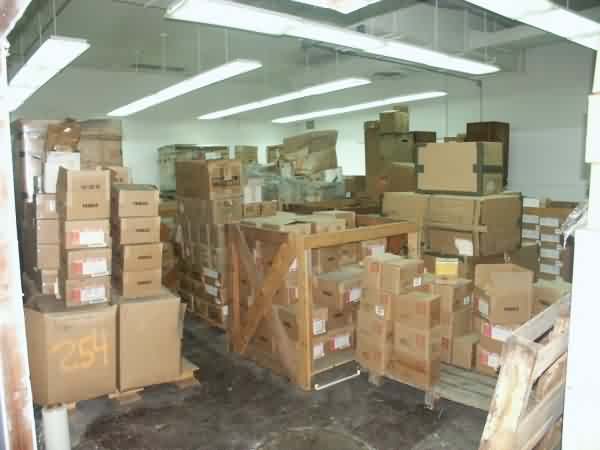
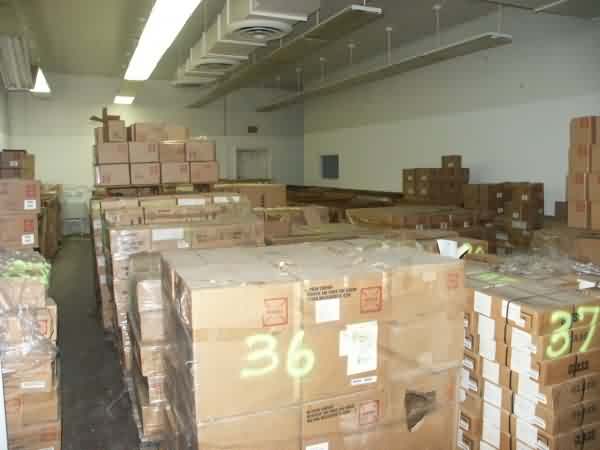

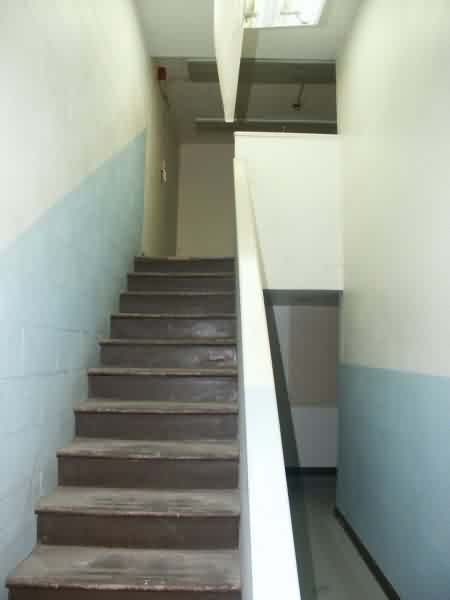
March 2000 photos contributed by Paul Krepp
Paul writes:
I was never stationed at this radar site, but I now live in the area.
These were taken in March of 2000. I believe they are of the operations
area.
They were all taken of the area to the west side of avenue 28 &1/2. From
looking at the map of the site, it appears that the admin and barracks
area
was on the east side of
28&1/2. I didn`t realize it at the time, or I would have taken some of
that
area also.
Maybe I`ll get out that way again sometime, if so I`ll get some more
pictures.
Paul L. Krepp
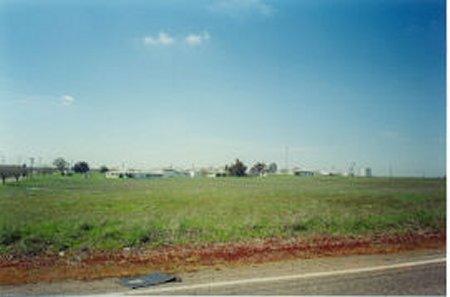
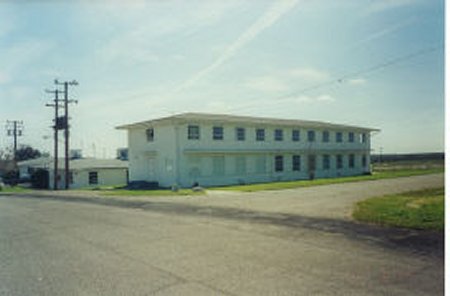
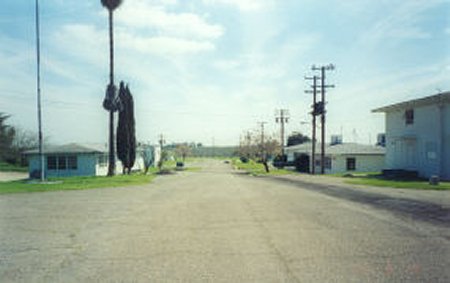
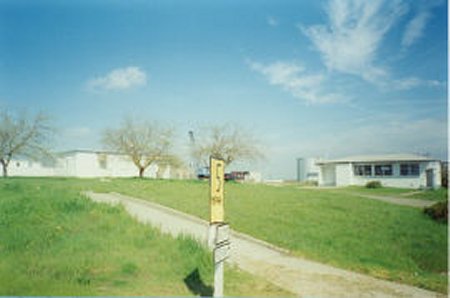
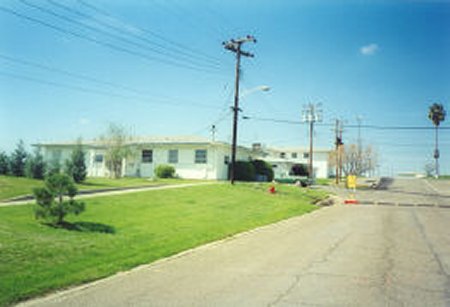
The following photos, c. 1992, & notes contributed by Larry Clare
Unlike most radar sites Madera Air Force Station is not perched on a high mountain top or even on a tall hill. The Madera site is in the San Joaqin valley of central California and the best description of the terrain is flat. The surrounding area is farmland filled with grapes, oranges, almonds and peaches orchards. I had tried to visit the site once before without success because of poor directions and no map. This time armed with a map I was determined to find the site that was last active in 1966. I wondered what had happened in the 34 years since the station closed. In the back of my mind I grew ever doubtful that anything remained of the home of the 774 AC&W squadron. Driving up a small rise an almond orchard gave way to clear ground. There to the west of the road was the old radar station. No radome or HRI to proclaim its past function but I had no doubt about what it had been.
As I turned onto the road leading to the station I noticed a sign proclaiming that I was entering the 28th Aero Squadron Industrial Park. About 100 yards up the road, I came to
the main gate to be greeted by an empty concrete pad about the size of a gate house. Beyond the main gate and curving to the right was a single street lined on both sides with white buildings but void of people or even signs other than the five mile per hour speed limit. Continuing up the road I could see barracks and then behind an empty concrete pad where once a radar tower stood was the operations building. From behind one of the barracks a tractor pulling a mower came into view. The man on the tractor turned out to be the caretaker for the radar station turned into an industrial park. After taking me to the house (was the infirmary) to meet his wife he took me on a tour of the base. He explained that the owner lived in Los Angeles and several of the buildings were rented and being used. A local food bank is located in the former supply building and a roofing company stores its equipment in an area east of the operations building. The owner also uses three or four of the buildings for storage. As we walk through the site I notice most of the buildings are showing some signs of neglect and aging. Considering the fact that only one person is caring for the entire site it looks pretty good. The caretaker explained that he had removed all of the overhead steam pipes that had become rusted and an eyesore. I must say it gives the site a more open look.
After the tour, the caretakers wife shows me a handful of pictures and a large rolled document. When I unrolled the document I almost fell over. It is a 24 X 10 black and white photo taken in February of 1961. In the background is the site complete with radome and 2 hri`s. In the foreground are 89 officers and men of the 774 AC&W squadron in dress blues. For me, that photo gave life back to the almost empty base. The faces in the picture spoke of pride and purpose for a time long past. The other photos were pictures of the base when the current owner bought the base in May of 1992. I shake my head as I look at photos of smashed windows, broken doors and a trash filled street. In 1992, abused and neglected by the previous occupants, the site was a shambles. I begin to realize the amount of work that has been done since 1992. I listened as the caretaker and his wife talk about the site and the work that it has taken to restore it to its present state. I feel from this couple some of the same pride I saw in that black and white photo taken back in 1961.
My hat is off to Ken Malikowski, his wife Jessica and an unnamed owner in Los Angeles. Thank you for the loan of the photos and the tour of the base. Thank you for the money, time and effort you all have put into restoring the Madera Air Force Station to its present condition.
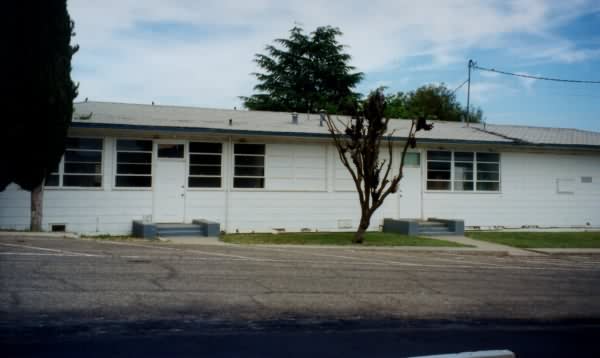
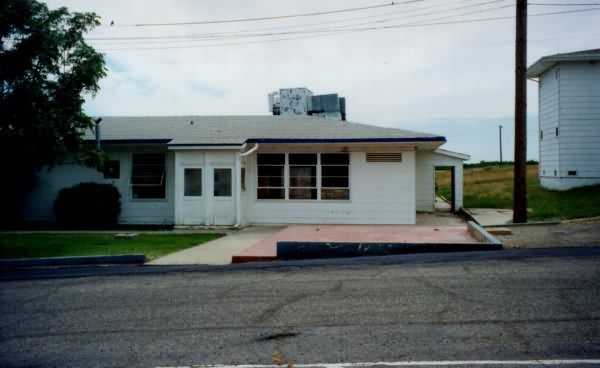
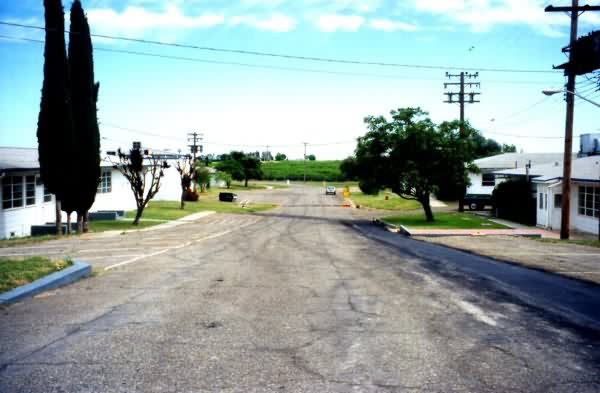
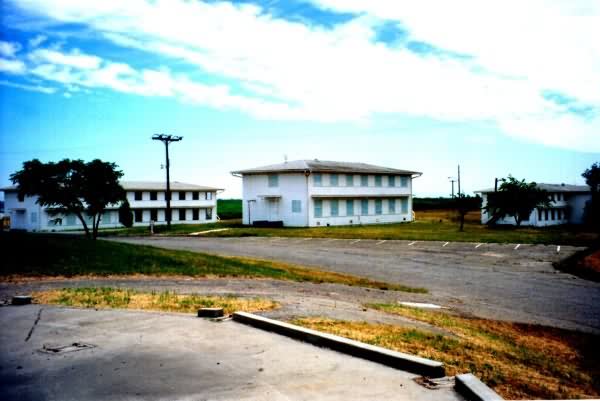
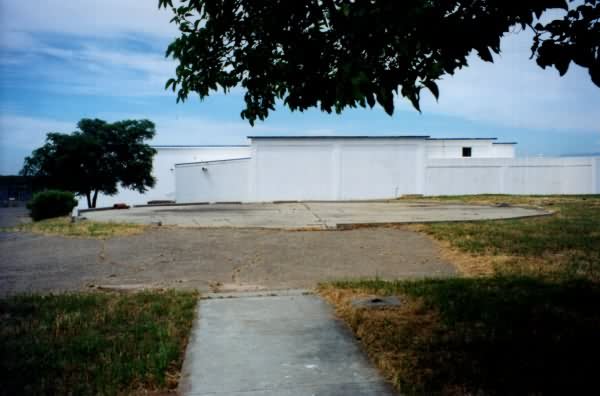
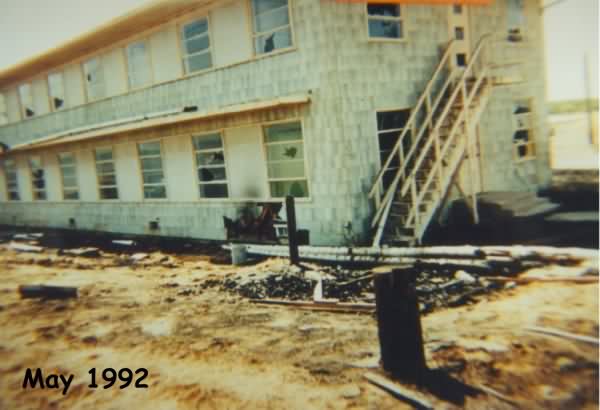
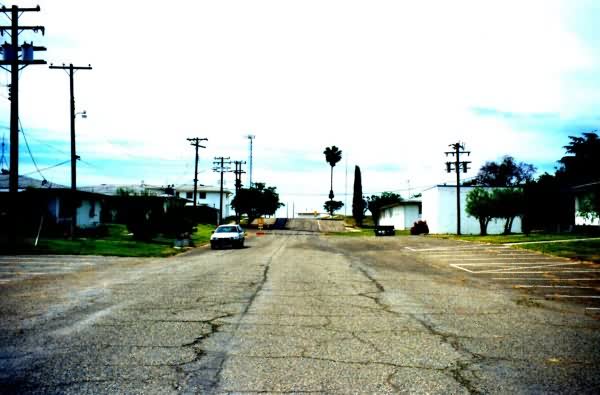
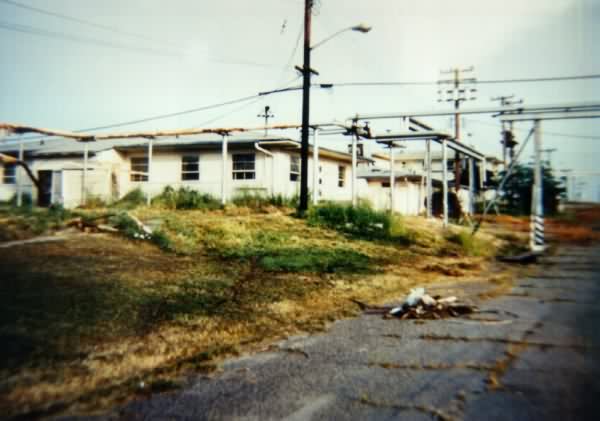
The following Nov. 1988 photos by Mark Morgan
